What is Meant by Endemic Species?
Endemic species are those that are native to and only found in a particular geographic region or ecosystem. They are unique to that area and cannot be found anywhere else in the world. Endemic species play an important role in maintaining biodiversity and ecological balance, and are often considered indicator species for the health of their ecosystem. However, many endemic species are also threatened by human activities such as habitat destruction, over-exploitation, and the introduction of non-native species, making their preservation a priority for conservation efforts.
Top Endemic Species of Animals
There are many examples of endemic animals found around the world, some of the well-known ones are:
Koala (Australia)
The Koala is a marsupial native to Australia and is well known for its distinctive appearance and sleepy behavior. They are herbivores and primarily feed on eucalyptus leaves, which make up the majority of their diet. Koalas have a slow metabolism and sleep for up to 20 hours a day to conserve energy.

Koalas have a unique thumb on their front paw that helps them grasp branches and climb trees, and their thick fur helps to protect them from heat and cold. They are social animals and live in groups, but are solitary creatures that mark their territory with scent glands.
Koalas are considered a national symbol of Australia and are protected under national and international law, but their populations have declined due to habitat loss, disease, and climate change. Conservation efforts are underway to protect and conserve their habitats and populations.
Giant Panda (China)
The Giant Panda is a large, bear-like mammal native to central China. It is known for its distinctive black-and-white fur, with black fur around the eyes, on its ears, legs, and shoulders, and white fur on the rest of its body. Pandas primarily feed on bamboo, but will also eat other plants and small animals.
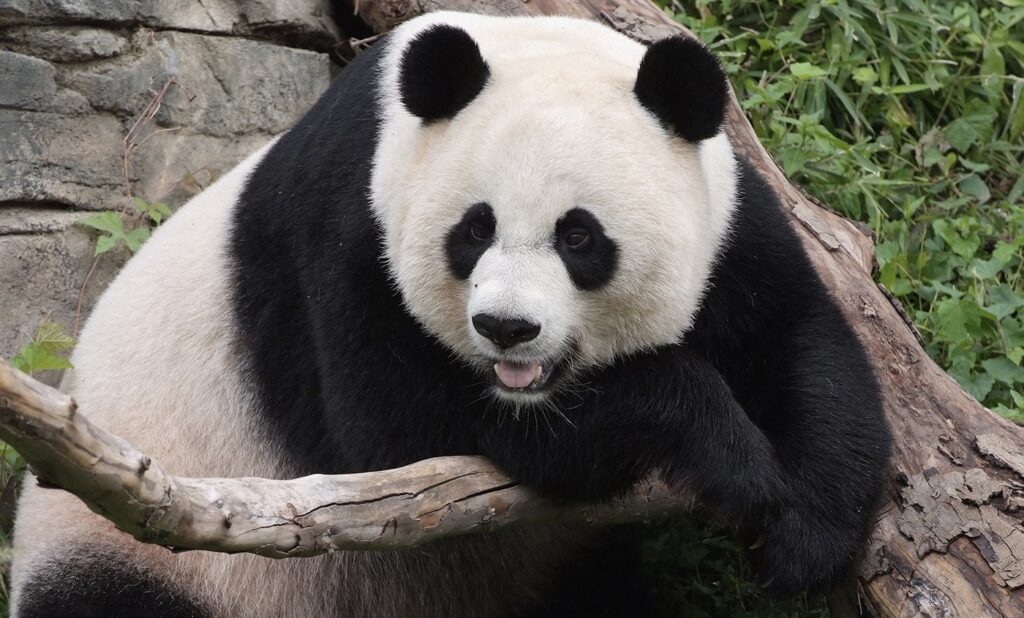
Giant Pandas are considered an endangered species with only around 1,800 individuals remaining in the wild. Their main threat is habitat loss as forests are cleared for agriculture and urban development. Conservation efforts are underway to protect their habitats and increase their population, including breeding programs and habitat preservation initiatives.
Giant Pandas are considered a national symbol of China and hold a significant cultural and ecological importance. They have become a global ambassador for wildlife conservation, and their image is widely used by conservation organizations to raise awareness about the importance of wildlife conservation.
Galapagos Islands Tortoise (Galapagos Islands)
The Galapagos Islands Tortoise is a species of giant tortoise found on the Galapagos Islands off the coast of Ecuador. It is one of the largest tortoises in the world, with some individuals weighing over 900 pounds. They are herbivores and feed on a variety of vegetation, including cacti and grasses.

The Galapagos Islands Tortoise is known for its long lifespan, with some individuals living over 150 years. They have a unique ability to adapt to their environment and have different physical characteristics on different islands, such as differences in shell shape and size.
Unfortunately, the Galapagos Islands Tortoise was once nearly extinct due to over-exploitation by humans for food and the introduction of non-native species that competed for resources and preyed on eggs and young tortoises. Conservation efforts, including captive breeding programs and habitat protection, have helped to increase their population and protect them from extinction. Today, the Galapagos Islands Tortoise is considered a conservation success story and a symbol of the importance of wildlife conservation.
Kangaroo (Australia)
The Kangaroo is a marsupial native to Australia and is well known for its powerful hind legs, which it uses for hopping and jumping. They are herbivores and feed on a variety of vegetation, including grasses, leaves, and bark. Kangaroos have a unique reproductive system, where the female has the ability to delay the development of her embryo until conditions are favorable for raising a joey (baby kangaroo).

Kangaroos are social animals and live in groups called mobs or troops. They have a complex system of communication and use a variety of sounds, body language, and scent marking to interact with each other.
Kangaroos are an iconic symbol of Australia and are protected under national law. They are abundant in the wild and are considered a pest in some areas due to their impact on agriculture. However, their populations and habitats are also threatened by habitat loss, climate change, and human activities. Conservation efforts are underway to protect their habitats and ensure their survival.
Borneo Pygmy Elephant (Borneo)
The Borneo Pygmy Elephant is a subspecies of the Asian Elephant found in the forests of Borneo Island in Southeast Asia. They are smaller in size compared to other elephants and have rounder ears, a baby-faced appearance, and a hump on their forehead. They are herbivores and feed on a variety of vegetation, including leaves, bark, and fruits.

Borneo Pygmy Elephants are social animals and live in herds led by a dominant female. They play an important role in their ecosystem by helping to maintain the forest and disperse seeds, which promotes growth and diversity in the forest.
Borneo Pygmy Elephants are considered endangered due to habitat loss, poaching from illegal poaching and human-elephant conflict. Their populations have declined due to deforestation for palm oil production, illegal logging, and human settlement. Conservation efforts, including habitat protection and anti-poaching initiatives, are underway to protect and conserve their populations. Borneo Pygmy Elephants are an important part of the rich biodiversity of Borneo Island and their conservation is critical for the preservation of this unique and valuable ecosystem.
Snow Leopard (Central Asia)
The Snow Leopard is a large wild cat found in the high-altitude mountains of Central Asia. It is known for its distinctive, thick fur that helps to keep it warm in its cold and harsh habitat. Snow Leopards are carnivores and feed on a variety of prey, including sheep, goats, and other mountain animals.
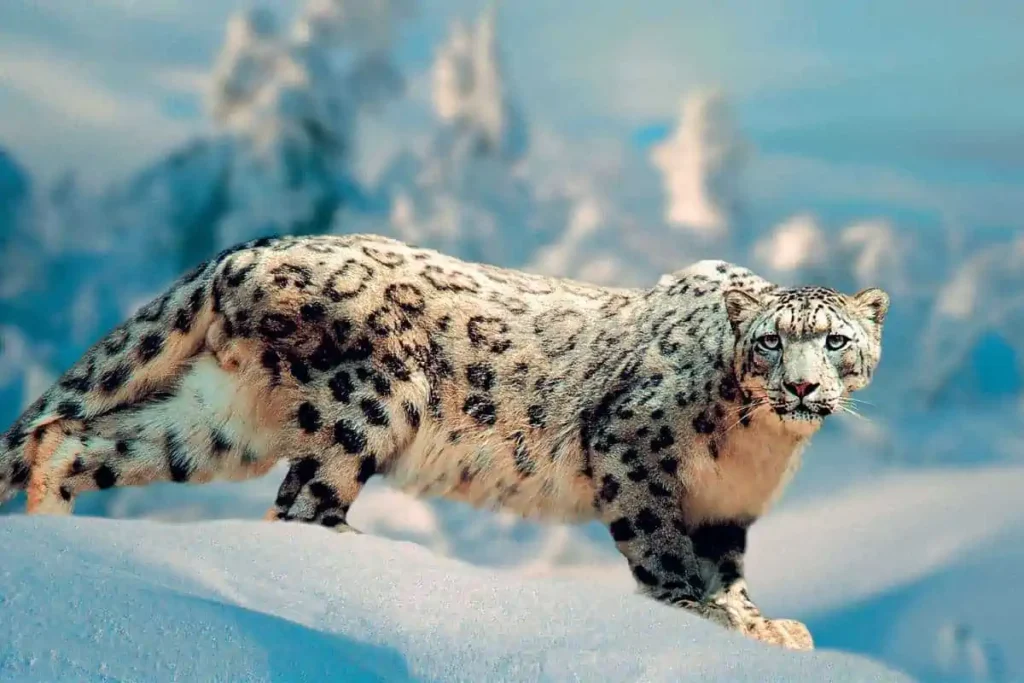
Snow Leopards are solitary and elusive animals, spending most of their time alone and hunting at night. They have powerful hind legs that allow them to jump great distances, and they are excellent climbers, able to navigate steep and rocky terrain.
Snow Leopards are considered endangered, with their populations declining due to habitat loss, poaching, and poaching conflicts with local communities. Conservation efforts, including habitat protection and anti-poaching initiatives, are underway to protect and conserve Snow Leopard populations. The Snow Leopard is an important part of the mountain ecosystem and its conservation is critical for the preservation of this unique and fragile habitat.
Tasmanian Devil (Tasmania)
The Tasmanian devil is a carnivorous marsupial native to Tasmania, an island state off the coast of Australia. It is known for its black fur, loud and screeching vocalizations, and aggressive behavior. The species has faced significant declines in population due to a transmissible facial tumor disease, but conservation efforts are underway to help protect the remaining wild populations.
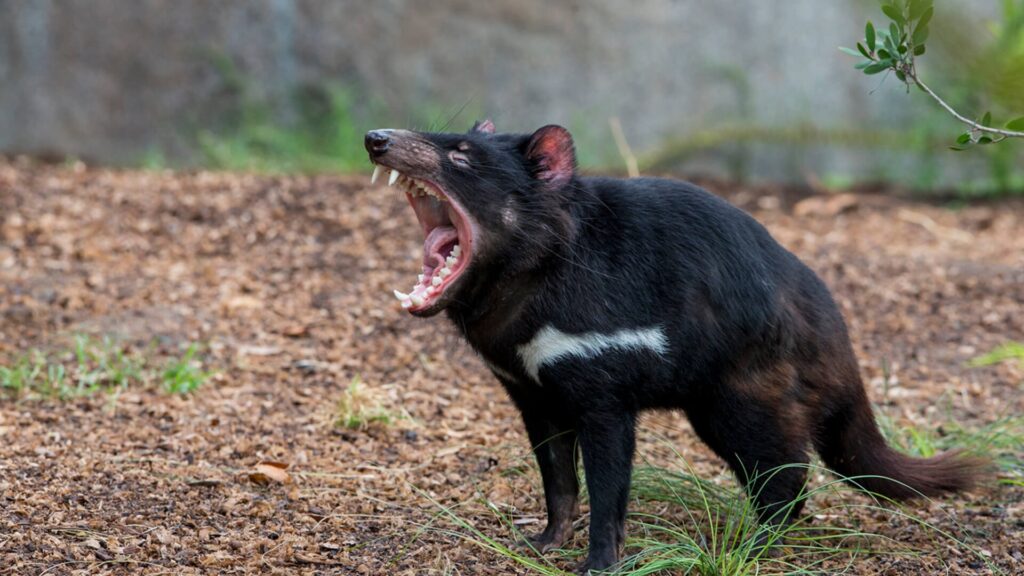
Tasmanian devil has been isolated on the island for thousands of years and has evolved distinct physical and behavioral characteristics that set it apart from other species.
Red Panda (Nepal, Bhutan, and India)
The Red Panda is a species of mammal native to the eastern Himalayas and southwestern China. They are found in the countries of Nepal, Bhutan, and India, as well as parts of China. Red pandas live in temperate forests and feed mainly on bamboo shoots, but also eat fruits and berries.

They are considered an endangered species, with the main threats to their survival being habitat loss and fragmentation. Conservation efforts are underway to protect red pandas and their habitat.
Aye-aye (Madagascar)
The Aye-aye is a species of lemur native to Madagascar. It is one of the largest primates and is known for its long, thin middle finger, which it uses to extract insects from tree bark. Aye-ayes feed primarily on wood-boring insects, but also eat other insects, nectar, and fruit.
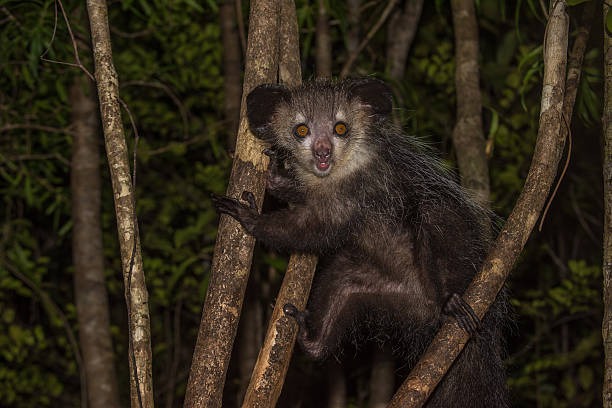
The Aye-aye is considered endangered due to habitat loss and hunting. Their habitats, the rainforests of Madagascar, are being destroyed for agriculture and other forms of development. Aye-ayes are also hunted for their body parts, which are believed by some to have magical powers.
Hawaiian Monk Seal (Hawaii)
Hawaiian Islands and is one of the most endangered seal species in the world. These seals have a unique appearance with a distinctive hump on their forehead and a face that is dark in color. They can grow up to 6.5 feet in length and weigh up to 600 pounds.
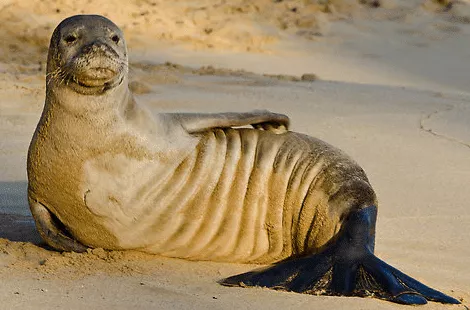
Hawaiian Monk Seals are primarily found in the remote northwestern Hawaiian Islands, but they can also be seen in the main Hawaiian Islands. They feed on a variety of fish, squid, and crustaceans and can dive up to 1,000 feet to find food.
Unfortunately, Hawaiian Monk Seals are threatened by human activities such as fishing, habitat degradation, and disease. Their population has declined significantly in recent years, with only around 1,400 individuals remaining today.
Conservation efforts are underway to protect these seals and their habitat, including monitoring their populations, removing marine debris from their habitat, and educating the public about the importance of protecting these animals.
Kiwi (New Zealand)
The kiwi is a flightless bird that is native to New Zealand and is considered an endemic species. There are five species of kiwi, all of which are endangered due to habitat loss and predation by introduced mammals such as stoats and feral cats.
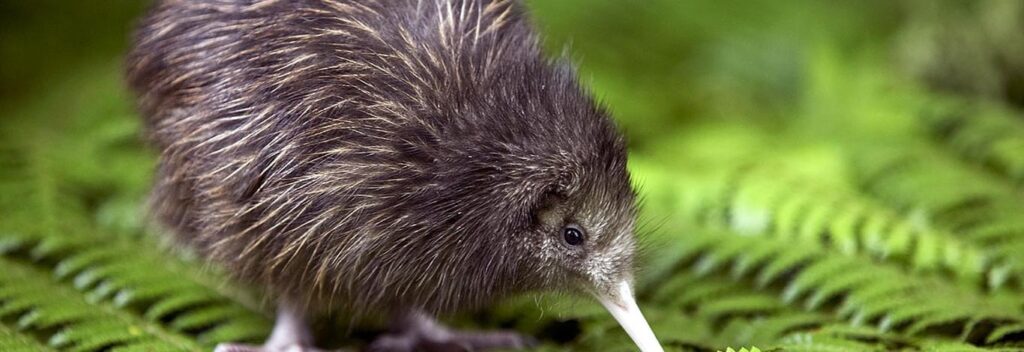
The kiwi is a cultural icon of New Zealand and is widely recognized for its long beak, small wings, and flightless nature. Conservation efforts to protect kiwi populations and their habitats are ongoing, including predator control programs and habitat restoration efforts.


This is an invaluable asset for anyone interested in this area.